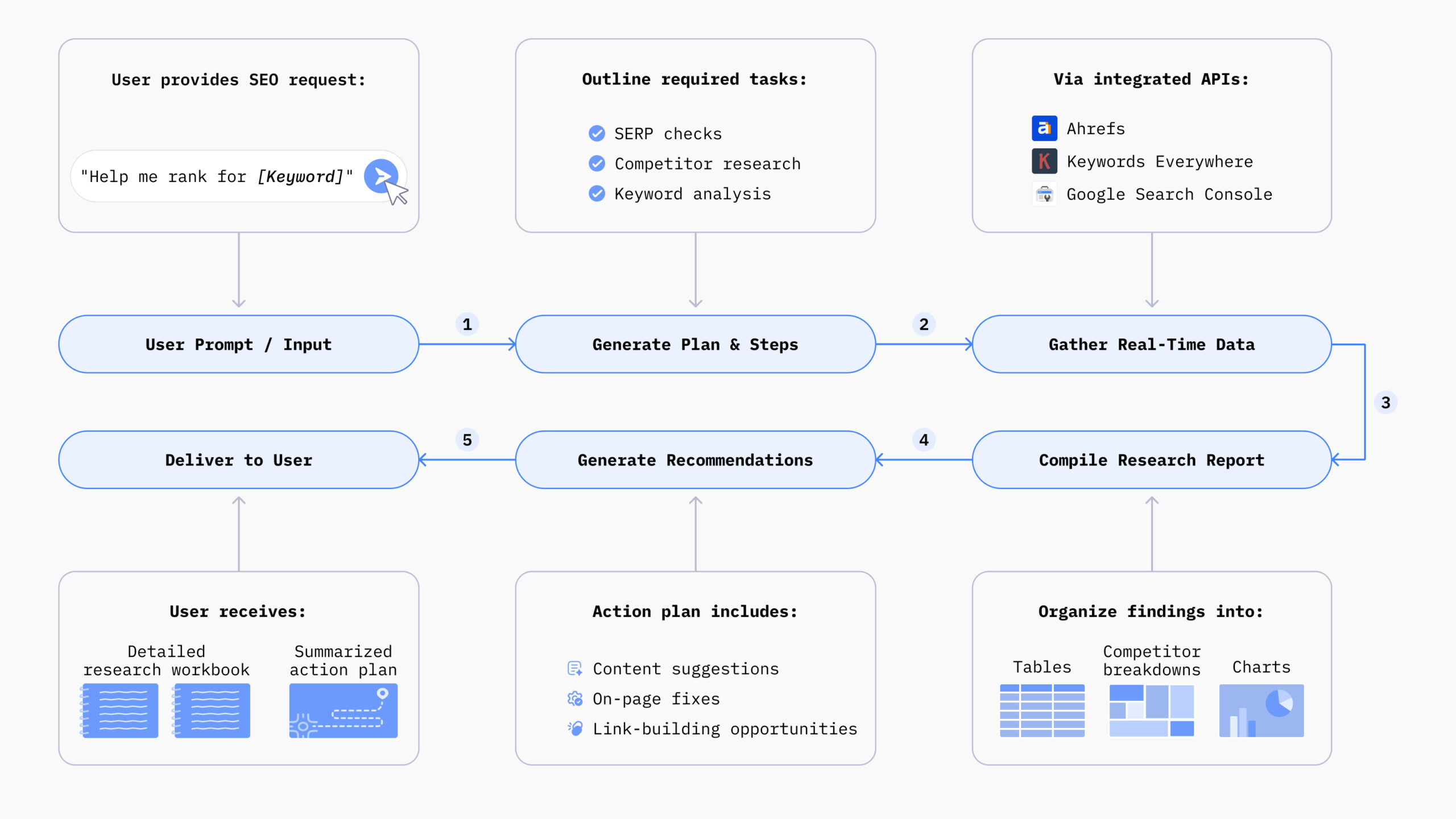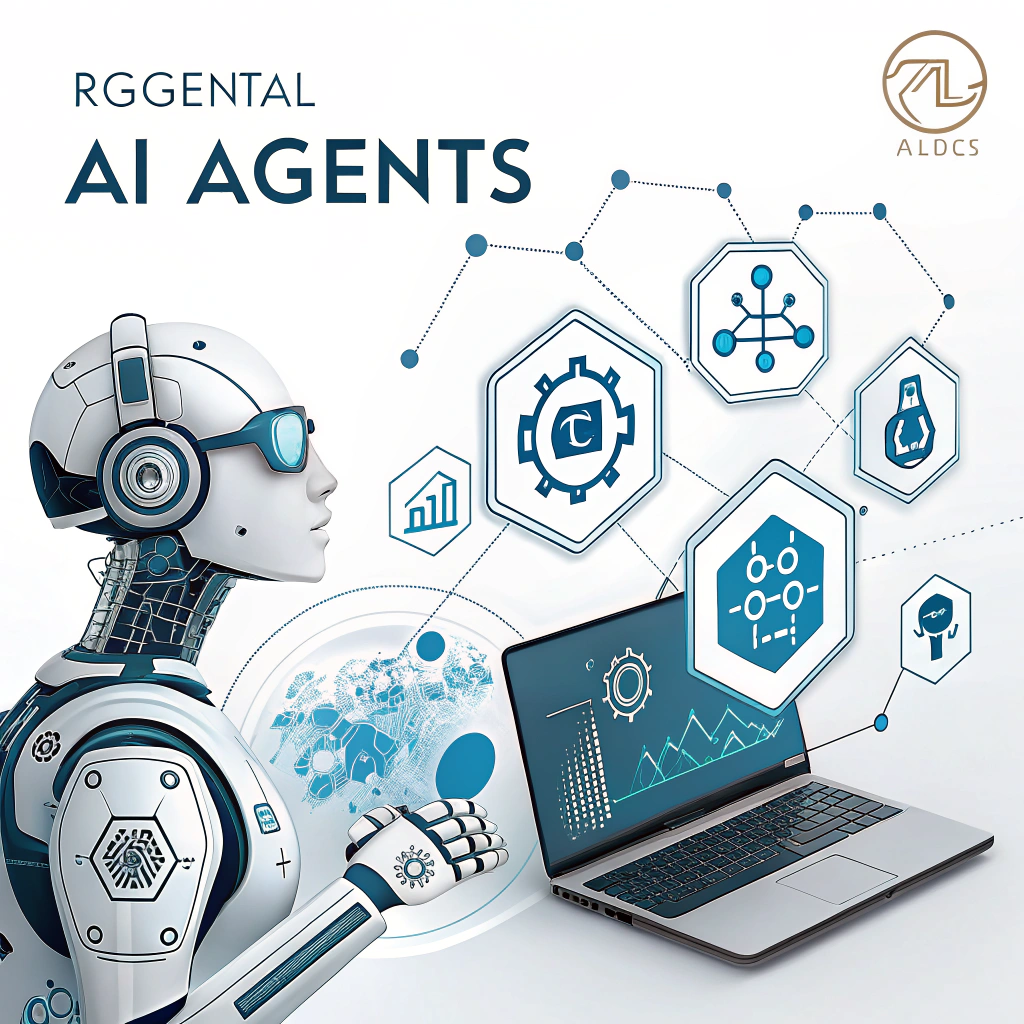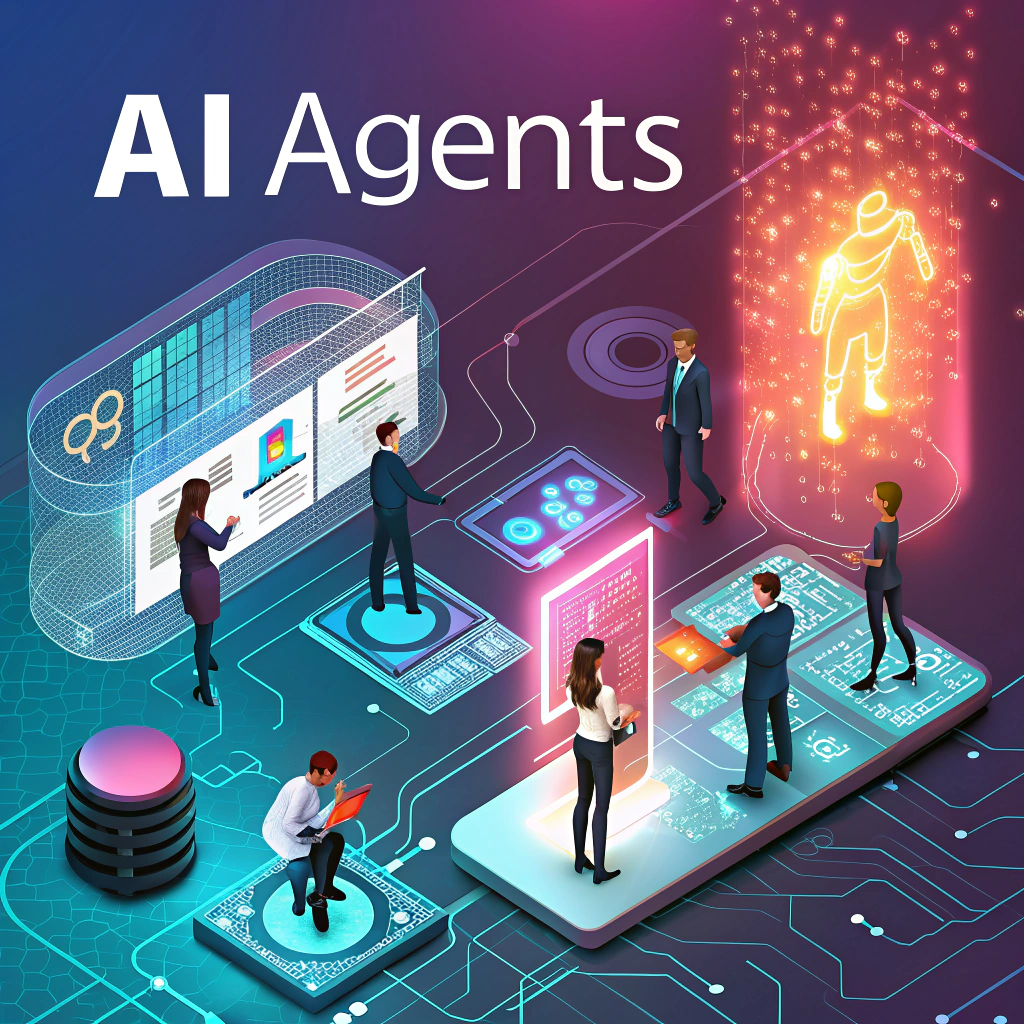AI Agents: Revolutionizing the Future of Intelligent Automation

AI Agents: Revolutionizing the Future of Intelligent Automation
Artificial Intelligence (AI) has become a transformative force, redefining how we interact with technology and automating complex processes. Among its most remarkable creations are AI agents—autonomous programs designed to perform tasks, provide recommendations, and facilitate human-computer interactions. This comprehensive guide explores the functionalities, applications, and future potential of AI agents.
Understanding AI Agents
AI agents are software systems that utilize machine learning and data analytics to process information and make decisions. They can automate routine tasks, analyze vast amounts of data, and adapt to new challenges in real time, which makes them invaluable across industries.
Key Applications
- Customer Support: Enhance real-time assistance and personalized service.
- Healthcare: Improve diagnostics and manage patient data more effectively.
- Finance: Automate trading and risk management while detecting fraud.
- Marketing: Analyze consumer behavior to create personalized strategies.
Benefits and Challenges
AI agents improve efficiency by automating routine tasks, reducing human error, and scaling operations cost-effectively. However, their integration raises important ethical questions regarding data privacy, bias in decision-making, and accountability in autonomous operations.
The Future of AI Agents
With ongoing advancements in natural language processing and predictive analytics, AI agents are poised to become even more integral to daily operations across industries. Their evolution promises enhanced collaboration between humans and machines, unlocking further innovation.
In-Content Images & References





